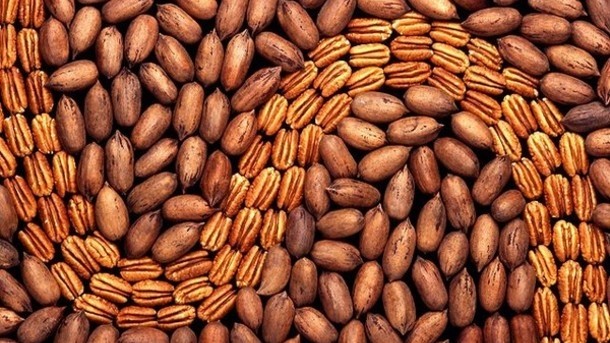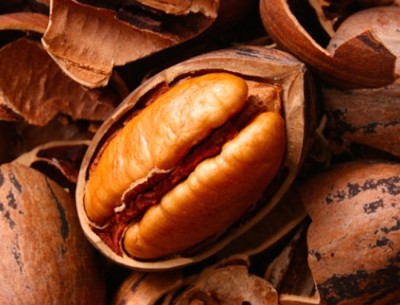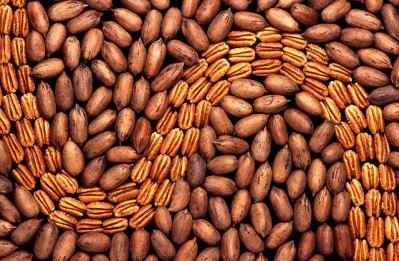USDA announces members of newly formed American Pecan Council

The first 15 members and 15 alternate members to serve on the American Pecan Council (Council), which is in charge of locally administering the federal marketing order for pecans, have been appointed by administrator of the United States Department of Agriculture (USDA)’s Agricultural Marketing Service Elanor Starmer.
The council is tasked with developing handling regulations for pecans grown in the 15 state production area. All 30 appointees will serve on the council through September 30, 2020. Two additional members – one from the public and one accumulator— and their respective alternates will be nominated at a later date. The first council meet is slated for this month.
Can pecans be the next hot nut?
Thanks to the popularity of non-dairy milk alternatives, tree nuts are getting the limelight, especially almonds. Now easily found in flour or butter formats, the almond industry continues to boom, and the pecan industry wants to follow its footsteps.
“We felt that we were very much behind the curb,” Bruce Caris, chairman of the National Pecan Shellers Association, told FoodNavigator-USA in August.
The newly formed council is authorized under the Agricultural Marketing Act of 1937 to collect dues from entities in the pecan industry and decide where the funds will go. USDA consults with the council to establish or change quality and handling standards for domestically produced and imported pecans.
The council will consist of 17 members, including 9 grower members, 6 sheller members, an at-large seat allocated for an accumulator member, and an at-large seat allocated for a public member. Each member will have an alternate.
The production area is divided into three regions: Eastern Region (Alabama, Florida, Georgia, North Carolina and South Carolina); Central Region (Arkansas, Kansas, Louisiana, Mississippi, Missouri, Oklahoma and Texas); and Western Region (Arizona, California and New Mexico). Each region is represented by three grower seats and two sheller seats.
















